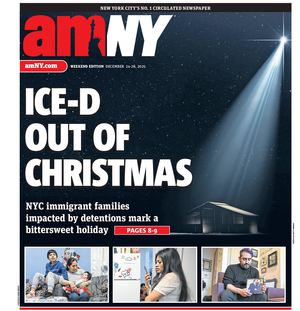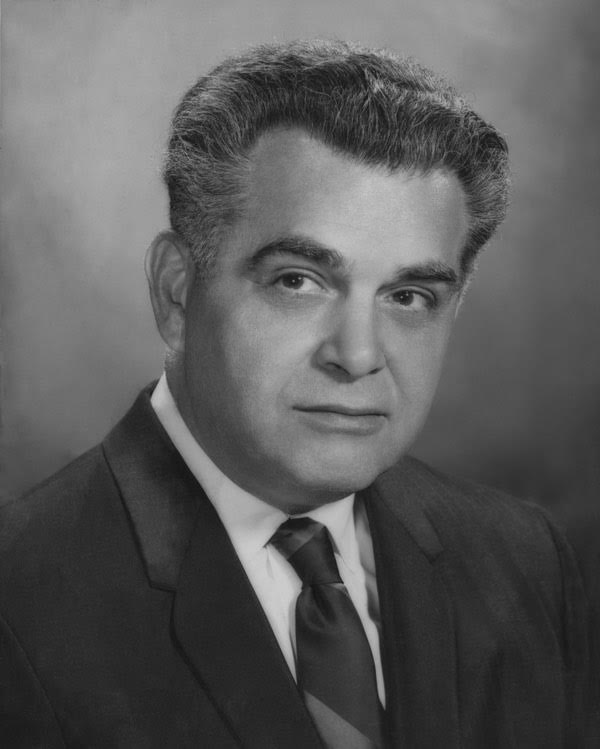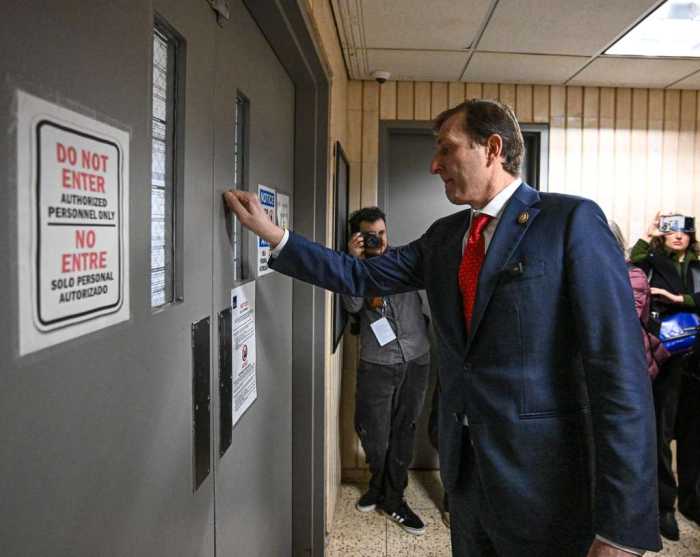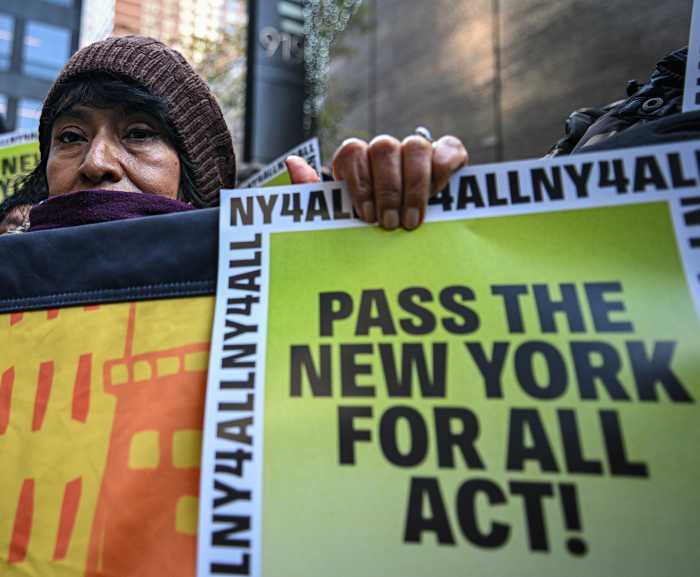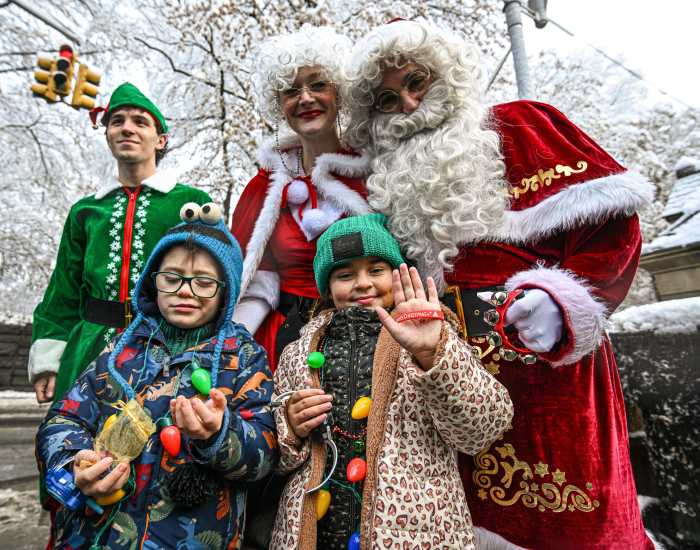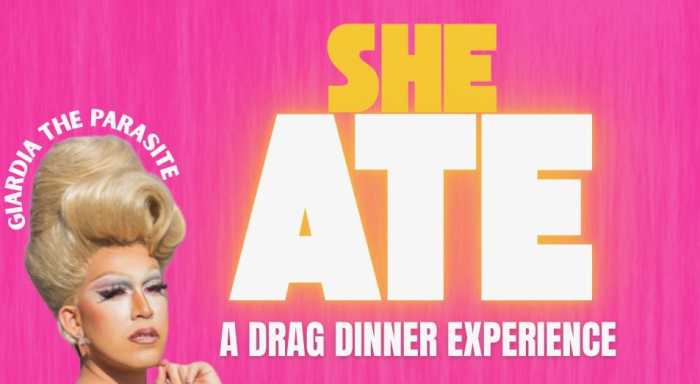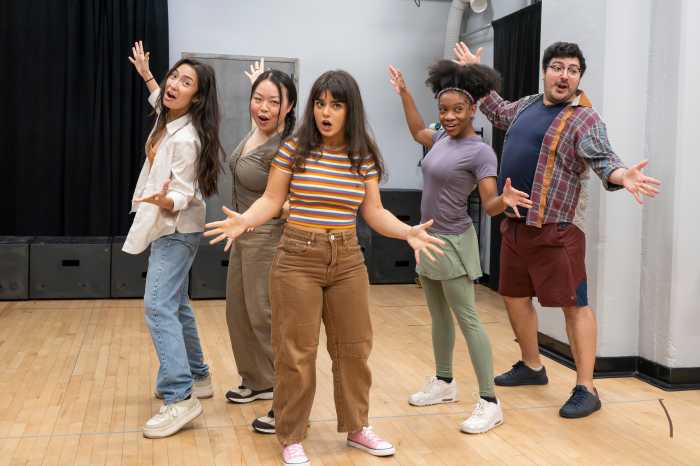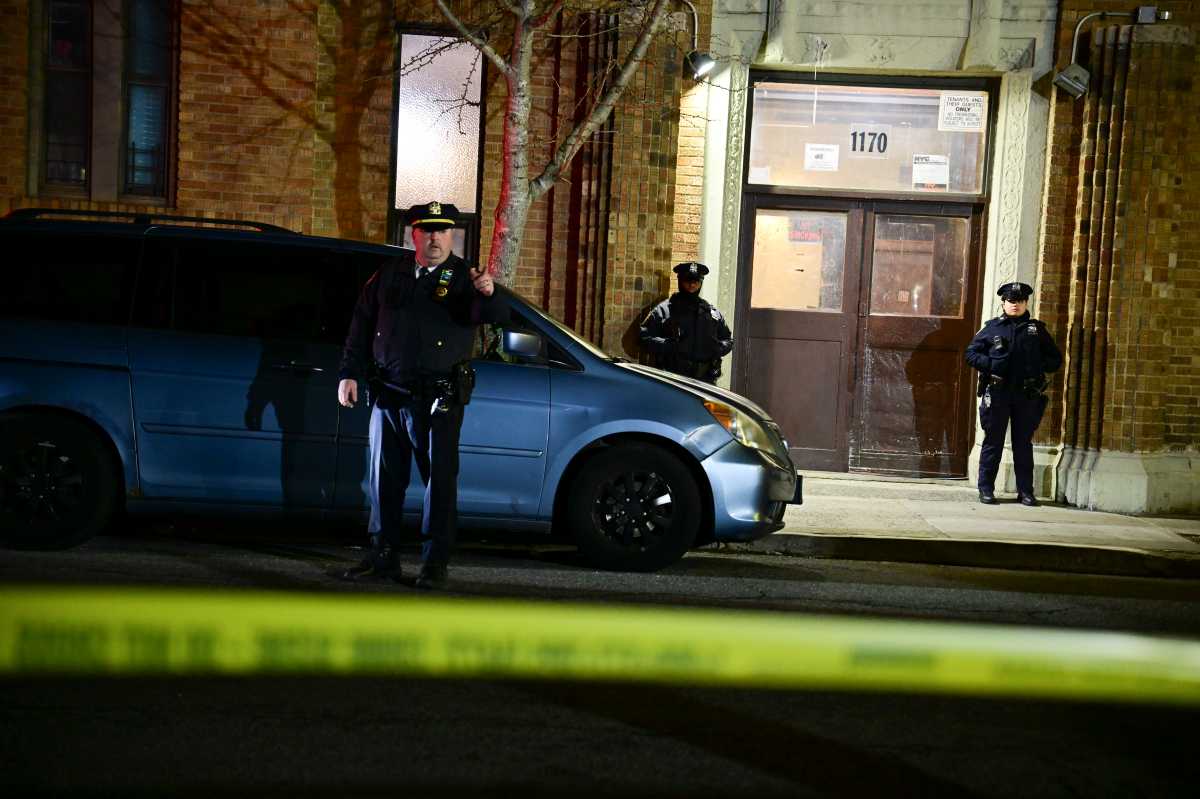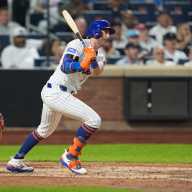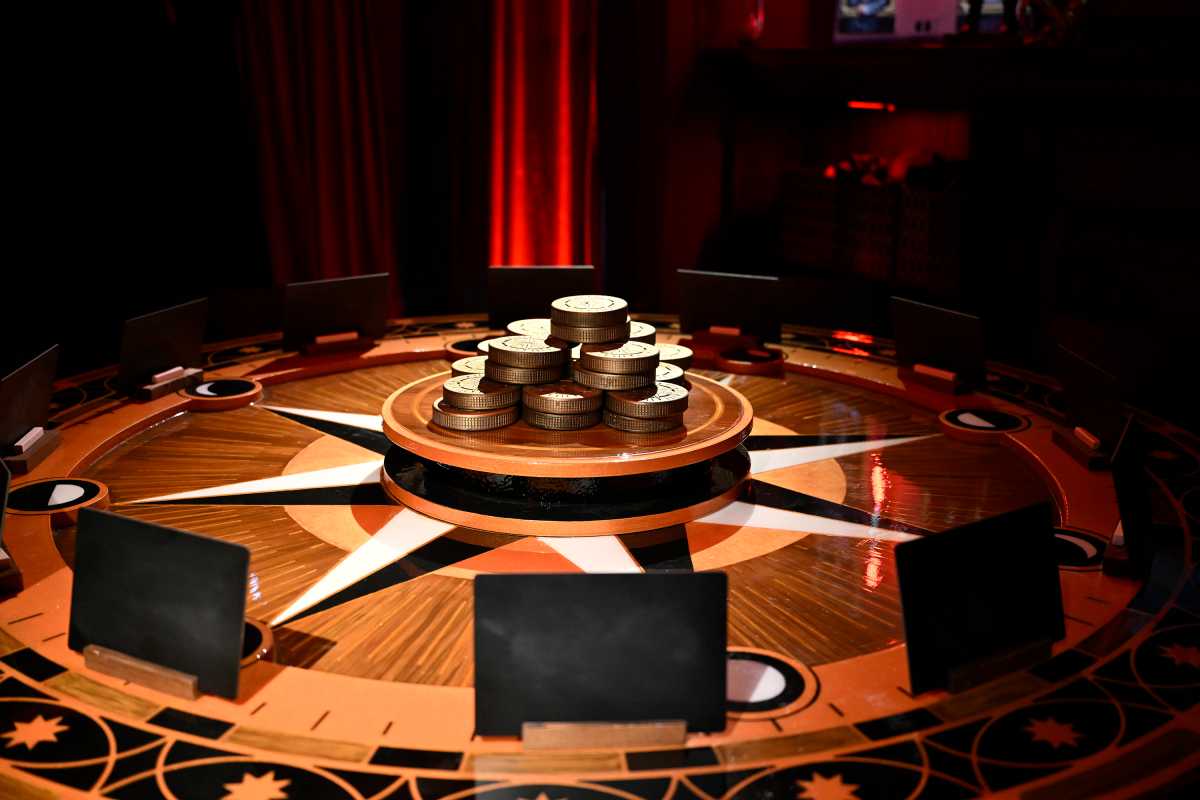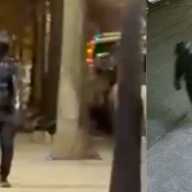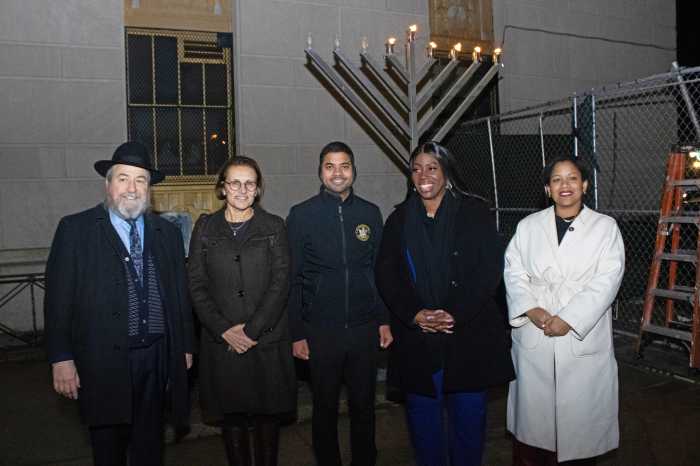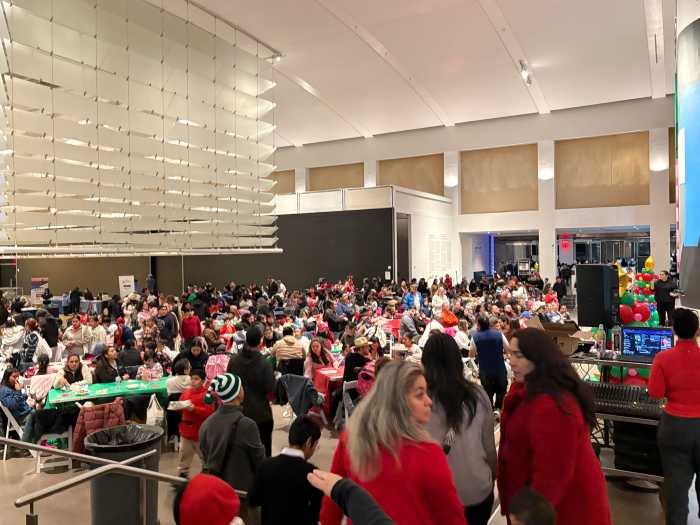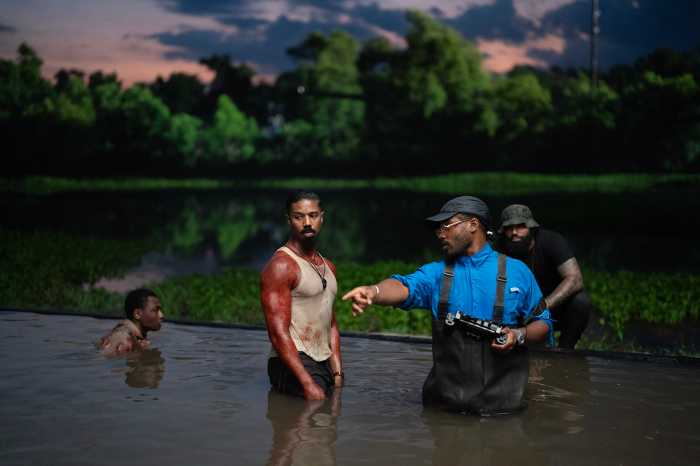Lower East Side native and comic book artist Jack Kirby worked behind the scenes to create a stable of superheroes such as the Fantastic Four, Captain America, the X-Men, The Avengers, the Hulk, Iron Man, the Silver Surfer and the Black Panther.
But now the longtime LES resident who drew so many superheroes is well on his way to becoming a hometown hero himself.
Community Board 3, a few weeks ago, approved a street co-naming near his birthplace, 146 Essex Street, at Essex and Delancey Streets, “Kirby Way. The New York City Council, with the support of Councilmember Christopher Marte, is expected to vote on it Dec. 18.
In another sign that Kirby’s star is on the rise, an exhibit devoted to his life and work is set to open later this month in Manhattan, whose streets Kirby helped immortalize in the world of superheroes.
The Jack Kirby Museum and Research Center is gearing up to open an exhibit, “celebrating the life, influences, and lasting legacy of the King of Comics dubbed “Jack Kirby: From the Ghetto to the Cosmos.”
The show will run at One Art Space, 23 Warren Street, in Tribeca, from noon to 6 p.m. Friday, Nov. 28th through Sunday, Dec. 7 with $5 suggested admission. There is an opening reception on Saturday, Nov. 29, from 6-9 pm.
Together, these mark, if not a renaissance, but a remembering of Kirby, who lived from 1917 to 1996, and made a big mark on American culture via not just art, but creating characters embedded in American culture.

He has since been an often overlooked artist, inspiring others and with work seen y millions, at a time when comic book creators are being recognized for their role in art, culture and the American psyche.
The kindling of a new awareness of Kirby is occurring at a time when movies are mining comic book characters as heroes, releasing movies such as “The Fantastic Four: First Steps,” which opened on July 24,
The exhibit will track the life and work of Jacob Kurtzberg, AKA Jack Kirby, from the Lower East Side to his collaboration with fellow New Yorker and writer Stan Lee at Marvel, as well as his work at DC Comics
It includes biographical information, such as his autobiographical 10-page comic “Street Code!” as well as his artwork and process from “Kid Gang” stories to superheroes such as the Fantastic Four, Thor, and Silver Surfer.
“Part of the genius of Kirby lies in his ability to process the chaotic energy of life and expand it into the endless, mythic scale of the cosmos,” said Rand Hoppe, director and founder of the Jack Kirby Museum and Research Center.” This pop-up display is a celebration of the stories and images of comics’ greatest writer and artist.”
The Jack Kirby Museum and Research Center organizes exhibits, supporting the study, understanding, preservation and appreciation of Kirby’s work in comics.
“Jack Kirby is a founding father of modern popular culture and of a beloved American mythology,” said Roy Schwartz, pop culture historian, author, and board member of the American Jewish Historical Society. “Not only is he probably the most important artist in the history of the comic book medium, he’s one of the most influential artists of the 20th century.”

Schwartz and Karen Green, Columbia University’s curator for comics and cartoon arts, have led the push to co-name a street for Kirby, whose work helped inspire artists such as Roy Lichtenstein and Richard Hamilton, authors Michael Chabon and George R. R. Martin, and filmmakers George Lucas and Guillermo del Toro.
Green called Kirby “incredibly significant in the history of comics, which themselves track closely with the history of New York City, the home of the comics industry.”
City Councilmember Christopher Marte has embraced, advocated and advanced the effort leading to the City Council.
“Kirby gave voice to the struggles and hopes of working-class New Yorkers, turning this neighborhood into the backdrop of modern mythology,” Marte said. “Honoring him with ‘Jack Kirby Way’ at Essex and Delancey isn’t just about celebrating a legendary artist. It’s about recognizing the lasting impact of the Lower East Side on American culture and making sure future generations know that history was created right here.”
As the son of Jewish immigrants raised in the Lower East Side, on Essex Street near the corner of Delancey Street, Kirby’s life is also part of a larger Lower East Side story.
The museum plans to post a schedule of speakers, livestreams, podcast recordings related to the exhibit at kirbymuseum.org in the coming weeks.
New York City, in many ways, was the cradle where so many comic book artists lived and comic book heroes were born.
Stan Lee, Marvel’s main writer in the ‘60s as well as the editor-in-chief, has been honored with a star on the Hollywood Walk of Fame and, closer to home, with “Stan Lee Way” in the Bronx, at University Avenue between Brandt Place and West 176 Street.
Milton “Bill” Finger, who, with Bob Kane, created Batman for DC Comics, lives on in city streets as well, thanks to a co-naming on 192nd St. near the corner of Grand Concourse, where he lived near Poe Park, where they used to meet and come up with Batman stories.
“His characters and stories have inspired generations of New Yorkers, Americans, and people around the world,” Schwartz said of Kirby, whose characters and memory live on. “His artistic innovations helped inspire the pop art movement.”
